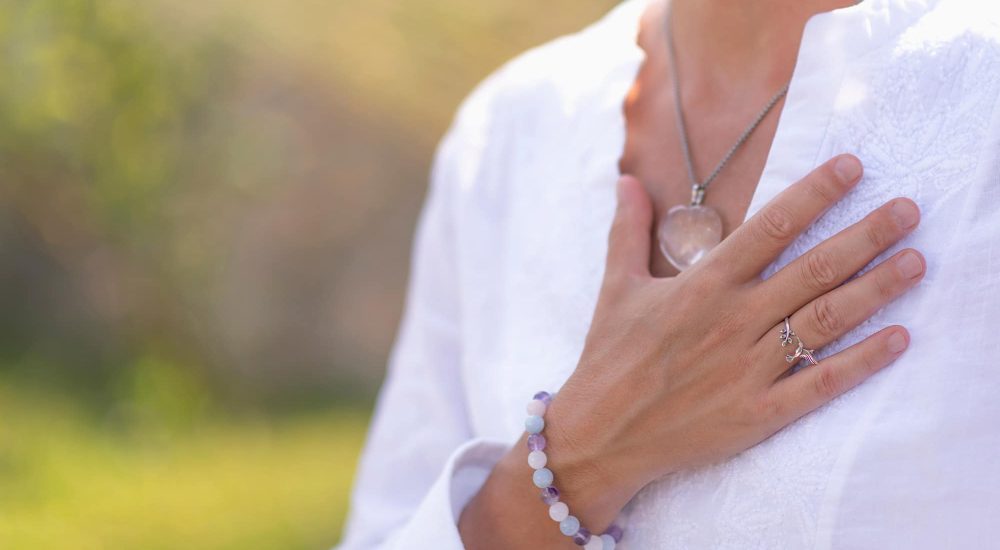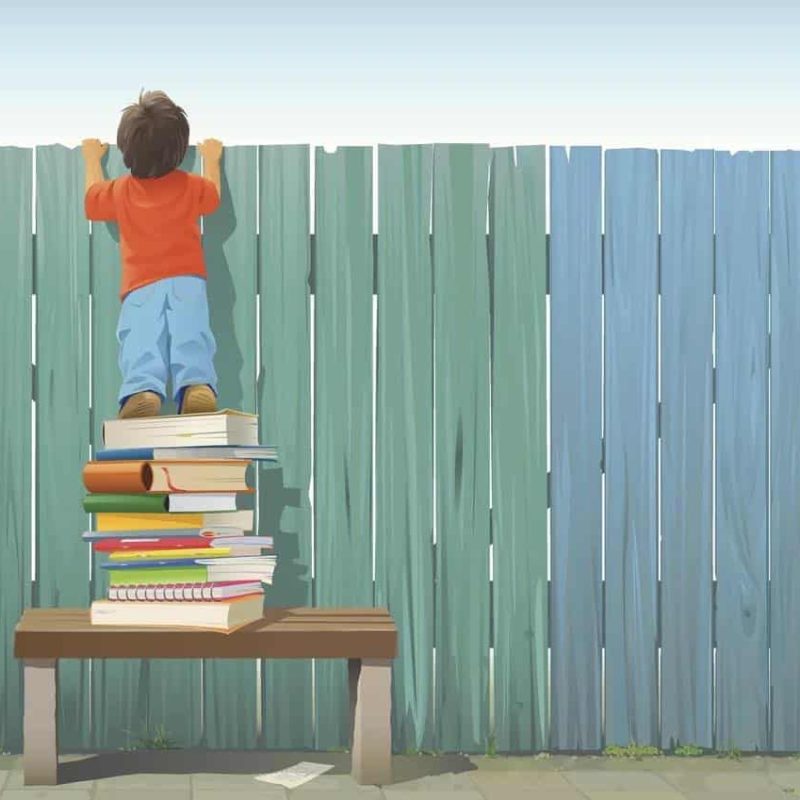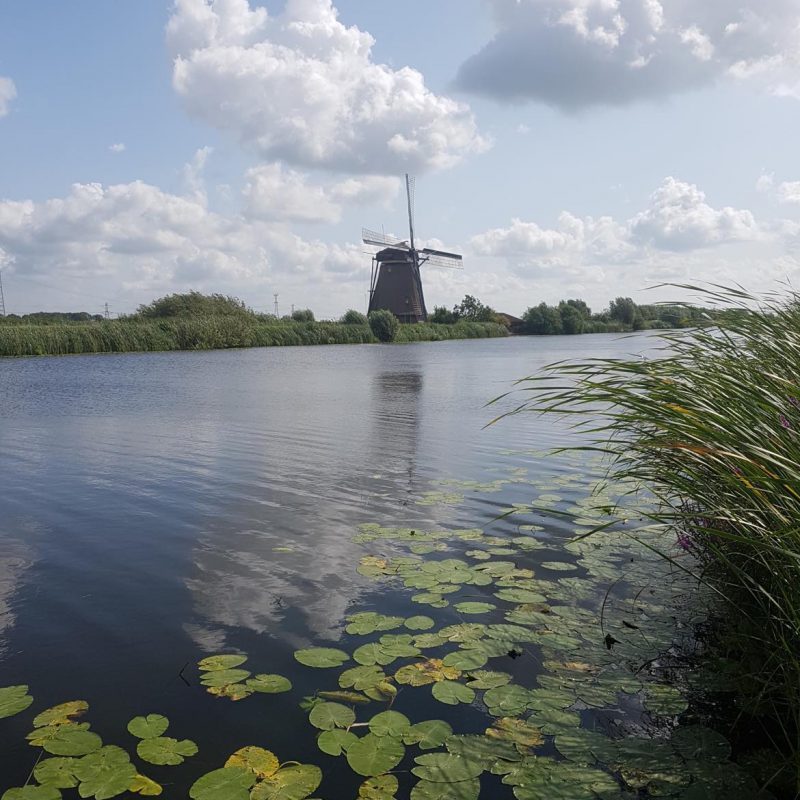My family are so good at selecting gifts, often very unusual gifts, that are perfect. This year, like every year, I had the dilemma of writing thank you letters that would match my appreciation – a quick thank you card did not seem enough. Some years I have found myself procrastinating and delaying my ‘thankyous’ until it was too late and thus defeating the whole point. This year, I set aside time to reflect on how to personalise each ‘thank you card’ so that it was relevant to the receiver. This whole exercise led me to reflect more broadly on thankfulness and gratitude.
There are various articles concerning the definition, overlap and difference between being thankful and being grateful, which I will not repeat here as it is simple for you to Google. For me the real difference came down to the fact that I wanted to do something personal for each individual to show my appreciation and as saying thank you seemed inadequate. I wanted not only to say thank you for the gift that I was given but that I was grateful for them, their time and kindness. Thankfulness is a ‘feeling’ when you receive something whether a gift or an act of kindness. Gratitude is an action, an act of being grateful whether you have received anything or not. You can be grateful for someone’s generosity of spirit, for the time to sit and just be, for the sunshine and bird song. I can feel thankful and not do anything about it. It is easy to say thank you – which can now be an automatic response but to consider and find the time to do something about it is another. The action I took was a considered action not an automatic one – I intentionally took the time to reflect on how I was to say thank you as I was grateful for not only the present but for so much more.
Following my ‘thank you card activity’ I committed to a regular gratitude practice for 2022 as part of my daily intentions setting exercise. Our brain is naturally wired with a focus on the negative, a negativity bias, which is a survival mechanism of our primitive brains. A regular gratitude practice of reflecting and noticing the good things to be grateful for tempers or reverses the negativity bias.
There are many benefits of practising gratitude – it has been shown to increase happiness, enhance relationship and self-esteem, improve physical and psychological health as well as sleep. Gratitude is called the ‘natural antidepressant’ as when you express gratitude (and receive the same) the brain releases dopamine and serotine crucial neurotransmitters (responsible for feel good emotions) that enhance our mood immediately, making us feel happy from within. A regular practice has also been found to change the neural structures of the brain improving hormone balance and immunity.
Learning from my thank you card activity my gratitude practice will include reflection on what I have to be grateful for and what actions I can take to show my appreciation.
A gratitude practice for you to try:
Look around you and think about your day and write down 5 things (or more!) that you are grateful for and at least 1 thing that you can do to show you appreciation. Some examples to help you..
….Today I am grateful for my mother and will send her some flowers and tell her….
…Today I am grateful for my relationship and will make time to show it…
…Today I appreciate the beauty of the countryside around me and will look around as I walk/drive to work and count my blessings….



